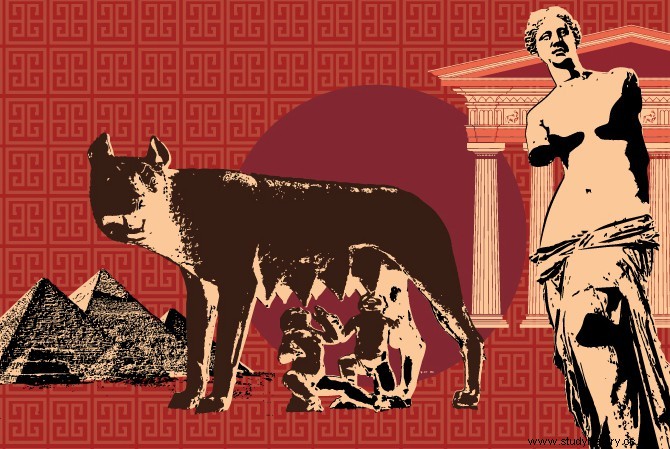
In 476, the Skire Odoacer deposed the last Western emperor, Romulus Augustulus, and sent his regalia to Constantinople.
For many historians, like André Piganiol in the last century, it was the "end of the West". We believe, for our part, that this destruction was the result of a slow process that began around 378, with the decline of the army and of power, and that it was marked by two major events:the crossing of the Rhine by the Vandals and their allies in 406, and the capture of Rome by the Visigoths in 410, which deeply marked the mentalities of the time. When the border is breached and the Imperial capital taken, there is nothing left to lose. Under these conditions, the V e century was one long agony.
The empire in other forms
This thesis is relatively isolated, many current historians indeed consider that the Roman Empire continued its existence and that it simply changed shape.
Thus, Jean-Marie Lassère, in his recent book Africa, quasi Roma. 256 BC. J.-C. - 711 a.d. AD, postpones this disappearance to 711, the year in which the Arabs completed the conquest of the Maghreb. However, a whole series of events are considered by these authors to mark apparently non-decisive changes.
The reader will therefore have to choose for himself between a relatively quick end (end of IV e century-beginning of the V th century) and an absence of end.
